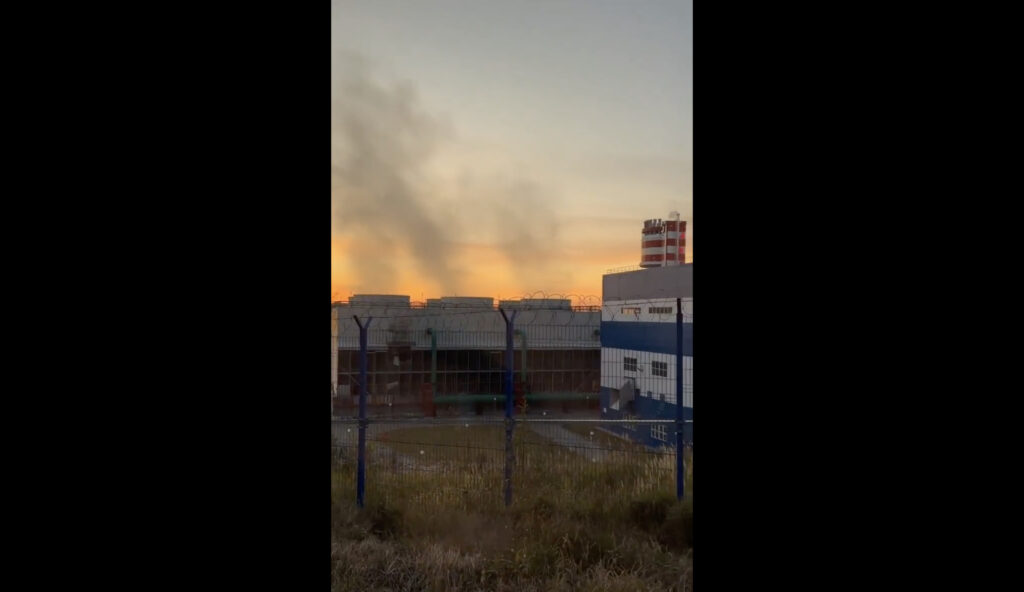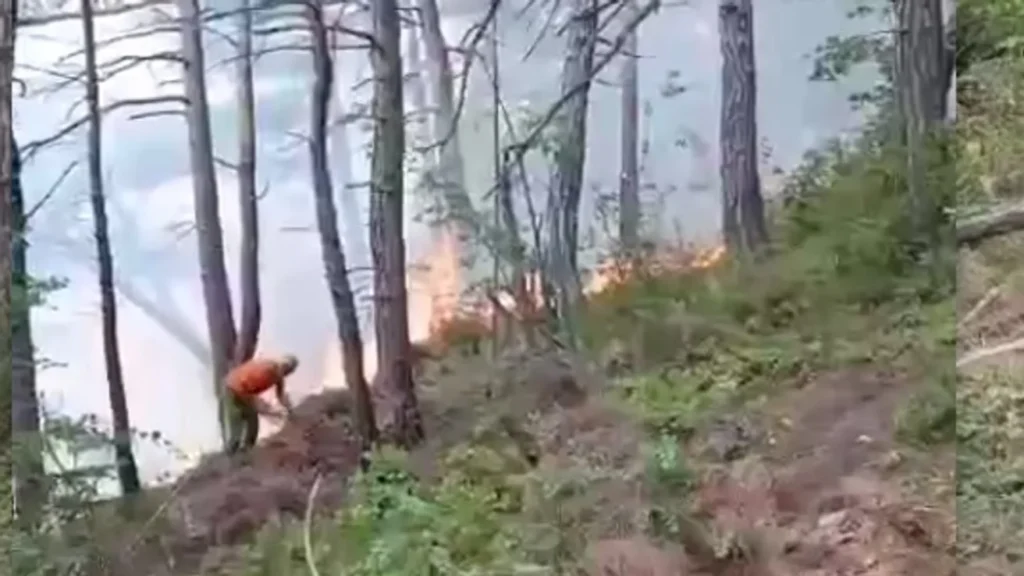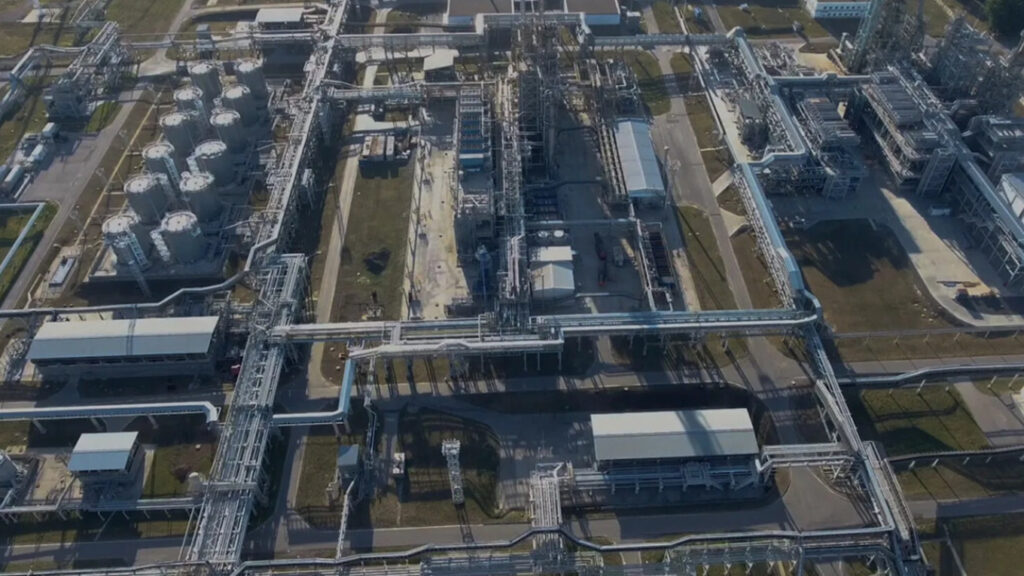Ukraine hits Forbes-ranked Russian chemical giant 1,600-km away. It produces explosives for military

Ukrainian forces hit a chemical facility deep in Russia’s Perm Oblast that produces components for military explosives, demonstrating Kyiv’s expanding reach into Russian industrial targets.
Drones struck the Metafrax Chemicals plant in Gubakha on 13 September, according to regional governor Dmitry Manohin, who reported no casualties and said the facility continued normal operations.
Russian news channel Astra later identified the specific target: a newly built urea production workshop that opened just last year.
The facility represents a significant strategic target due to its dual-use chemical production capabilities. According to defense publication Militarnyi, the plant produces urea, a key component in ammonium-nitrate mixtures that can serve as explosive filling for both civilian and military applications, including artillery shells and mines.
Ukrainian drones struck deep into Russia (1600 km), hitting a chemical plant that produces components for military explosives.
— Euromaidan Press (@EuromaidanPress) September 14, 2025
On 13 September, Ukrainian forces targeted Metafrax Chemicals in Gubakha, Perm Oblast—a facility that manufactures urea used in artillery shells and… pic.twitter.com/5wQUxsIHcT
While Metafrax Chemicals avoids public ties to Russia’s defense sector, its parent company Roskhim supplies chemical products directly to military industries.
Metafrax ranks among Russia’s largest methanol producers and landed the 200th spot in Forbes’ 2021 ranking of the country’s biggest private companies.
Local residents posted footage showing building damage and smoke rising from the facility, located approximately 1,600 km (994 miles) from the Ukrainian border, while Ukraine’s intelligence later confirmed their responsibility for the strike.
Russia’s Defense Ministry claimed its air defenses shot down 80 drones overnight, though that number couldn’t be verified.
Ukrainian railway attacks inside Russia
Intelligence services simultaneously struck railway lines that Ukraine’s Main Intelligence Directorate and Special Operations Forces have now openly claimed responsibility for.
The rail operations hit Oryol and Leningrad oblasts on 13-14 September, an intelligence source told RBC-Ukraine.
“These railway branches are critically important logistical links in supplying occupying forces in the Kharkiv and Sumy directions,” the source explained.
As Ukraine strikes another Russian oil refinery—this time in Leningrad Oblast—reports emerge of two train derailments in the same region. Possible Ukrainian sabotage to deepen fuel disruption? pic.twitter.com/G0R1DJ0GrX
— Euromaidan Press (@EuromaidanPress) September 14, 2025
The goal: create major supply headaches that would “substantially affect their ability to carry out active operations.”
In Oryol Oblast, explosive devices killed three Russian National Guard personnel during track inspections, governor Andrey Klychkov reported.
Leningrad Oblast saw a locomotive derail with 15 cisterns attached. Governor Alexander Drozdenko called them empty, but Ukrainian sources claimed they carried fuel. A separate derailment killed a train engineer. Russian investigators suspect sabotage in both cases.
Read also
-
Ukraine’s drones hit deep—St Petersburg’s main fuel plant engulfed in flames (video)
-
Sabotage on the rails? 15 fuel cars off track, train driver dead near St Petersburg—Rosgvardia blown up by rail bomb in Oryol Oblast (video)
-
Ukraine intelligence confirms attack on Russian railway supplying military forces [updated]




 Fire still rages at the Novoshakhtinsk oil refinery in Russia’s Rostov Oblast — hit by Ukrainian drones 3 days ago.
Fire still rages at the Novoshakhtinsk oil refinery in Russia’s Rostov Oblast — hit by Ukrainian drones 3 days ago.
